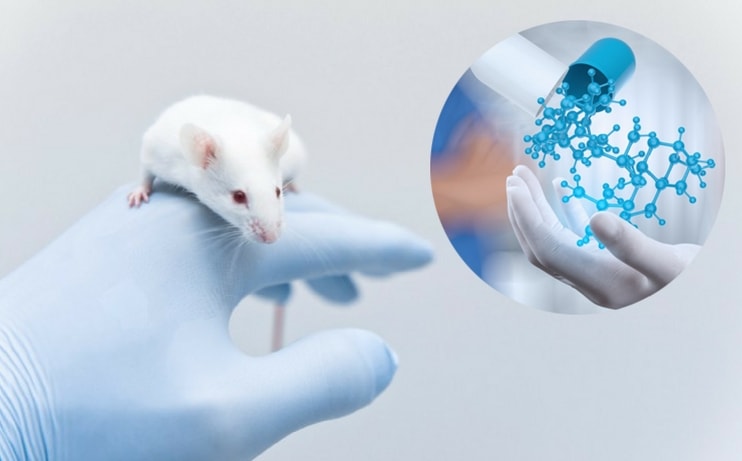Preclinical Animal and Nonclinical Study
Use of Preclinical Animal and Nonclinical Study
Preclinical are the studies occurring prior to clinical testing. Nonclinical are the studies not related to, concerned or not involving, with the treatment of living patients as well as direct observation. Preclinical Animal Non clinical Study are the laboratory test of new drug substance or medical devices usually done animals, to see whether the treatment really works and if it is safe to use on humans. Preclinical Animal Non clinical Study studies terminology is interchangeable. Nonclinical studies are typically considered as the group of in vitro and animal studies that are conducted from when the preclinical drug candidate is selected for development until the product is approved for marketing. The term preclinical is generally used to describe the same studies but identifying those conducted before the first clinical trial. Nonclinical studies include ADME (absorption, distribution, metabolism, and excretion), pharmacology, safety pharmacology, genotoxicity, toxicity, carcinogenicity, and/or developmental toxicity of the drug. Preclinical and Non-Clinical studies are generally performed on rodents like mouse, rat, guinea pig, hamster and rabbit. After the results are successful, experiments are performed on larger animals like cat, dog, monkey etc. Preclinical and Non-clinical studies are conducted using different protocols including animal studies, which mostly follow the Good Laboratory Practice (GLP) regulations. Preclinical and Non-clinical studies aim at investigating the drug safety to obtain the first information about its tolerability in different systems that are relevant for further decisions. During the Preclinical and Non-clinical studies phase, the candidate compound should meet non-medical objectives, including defining the intellectual property rights and making enough medicinal product available for clinical trials. The Preclinical and Non-clinical studies of a medicine is complex and regulatory-driven.

Types of Preclinical Animal and Non-clinical studies
Pharmacodynamics (PD)
Primary:
The objective is to determine how the intervention causes the body to react (efficacy). These studies can be done in vivo and/or in vitro.
Secondary:
The objective is to determine how the intervention acts on other aspects of the body (i.e. not the target). Secondary PD studies may not be needed; published literature may provide enough information.
Safety:
The objective is to identify undesirable effects on key physiological functions within the therapeutic dose range and higher. Usual studies evaluate respiratory, central nervous system (CNS), and cardiovascular functions.
Follow-up studies may be needed if concerns arise. Where possible, evaluation should be conducted in vitro in order to reduce animal use.
Pharmacokinetics (PK)
Pharmacokinetic studies aim to address:
- ADME: A (absorption), D (distribution), M (metabolism), E (excretion)
- Toxicokinetics (how much of the intervention is in the body and where/when undesirable effects happen)
Toxicology
Toxicology studies aim to address the toxicity of the compound:
- Single-dose
- Repeated-dose
- Genotoxicity (damage within a cell causing genetic mutations)
- Carcinogenicity (can it cause cancer?)
- Development and reproductive toxicity
Single dose and dose-range finding studies
These studies are initially conducted in rodents (mice or rats), followed by studies in a larger animal species (for example dogs)
The objective is to establish the toxicity profile:
- The maximum tolerated dose, and the non-observed adverse effect level (NOAEL).
- Identify target organ(s) of toxicity
- Establish doses for future toxicology studies or first-in-human dosing
The objective is to:
- Establish the toxicity profile when administered repeatedly for a given period of time
- Identify target organ(s) of toxicity
- Reversibility of adverse effects
- Establish dose(s) for future toxicology studies or clinical trials
The standard duration is:
- Sub-chronic: 7, 14 and 28 days and 3 months
- Chronic: 6, 9 and 12 months
Genotoxicity studies:
The objective is to detect potential interactions with DNA or chromosomes that lead to the induction of gene mutations and/or chromosomal damage.
Carcinogenicity:
Carcinogenicity studies include:
- 2-year mouse or 26-week transgenic mouse
- and 2-year rat bio-assay
Development and reproductive toxicology studies
Development and reproductive toxicology (DART) studies include:
- Fertility (typically rat)
- Teratology (the relationship between two preparations of the same medicines in the same dosage form that have a similar bioavailability; typically rat and rabbit)
- Peri- and post-natal (typically rat)
First dose estimation in humans
Estimation of the first dose in humans is an important element to protect subjects participating in first-in-human studies (Phase I).
All relevant non-clinical data should be considered, but NOAEL gives the most important information.
For exploratory clinical studies in humans, the dose estimation can be done on less or different non-clinical data; criteria to determine the starting dose are part of the regulatory guidelines.
More Services
We Use Plants to Bring Life
- Roof Garden
- Fruits & Flowers
- Landscaping
- Lawn Care
- Rubbish Removal
- Kitchen Garden
- Pest & Weeds Control
- Soil Preparing
- Maintenance Services
